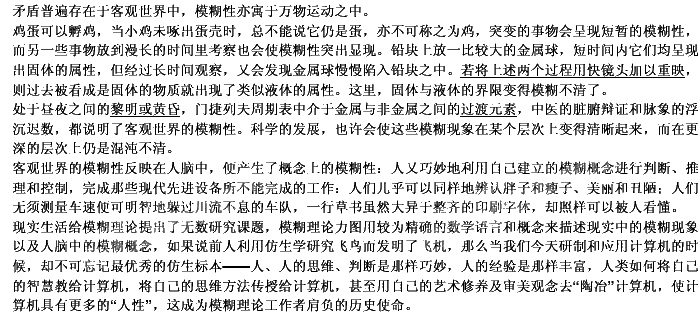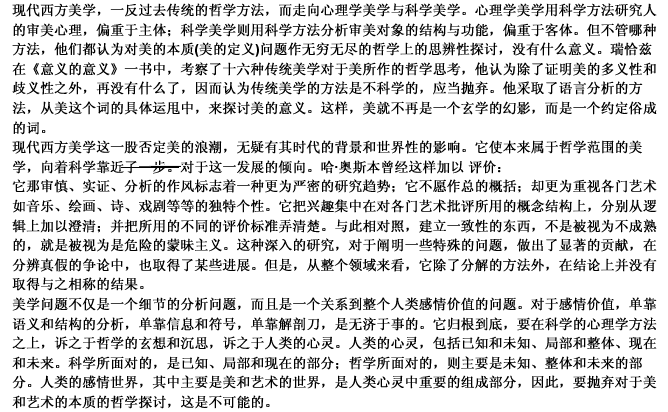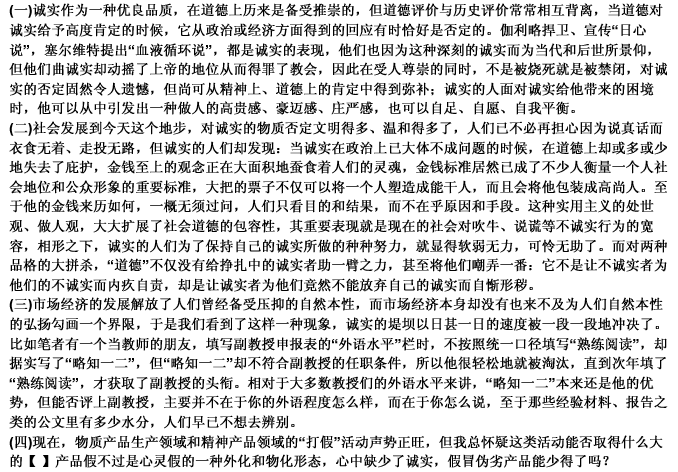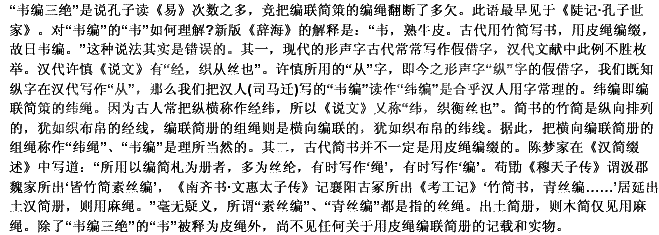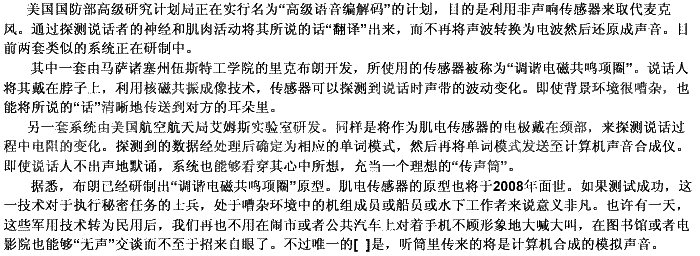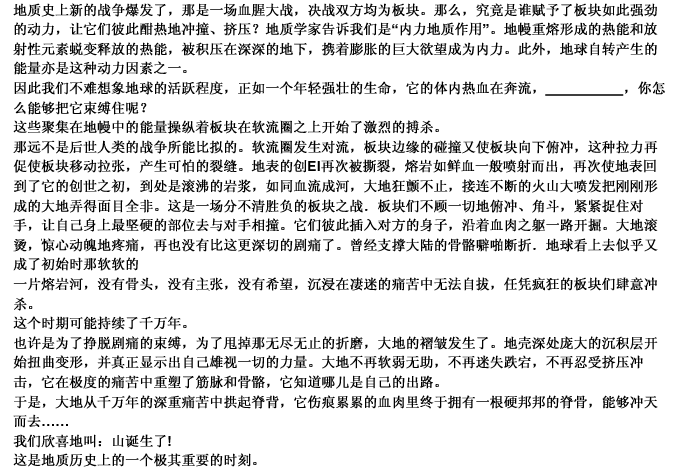 题目内容
(请给出正确答案)
题目内容
(请给出正确答案)
请阅读Passage 2,完成第26—30题。 Passage 2Until a decade or two ago, the centers of many Wes
请阅读Passage 2,完成第26—30题。
Passage 2
Until a decade or two ago, the centers of many Western cities were emptying while their edges were spreading. This was not for the reasons normally cited. Neither the car nor the motorway caused suburban sprawl, although they sped it up: cities were spreading before either came along.
Nor was the flight to the suburbs caused by racism. Whites fled inner-city neighborhoods that were becoming black, but they also fled ones that were not. Planning and zoning rules encouraged sprawl, as did tax breaks for home ownership——but cities spread regardless of these. The real cause was mass affluence. As people grew richer, they demanded more privacy and space. Only a few could afford that in city centers; the rest moved out.
The same process is now occurring in the developing world, but much more quickly. The pop-ulation density of metropolitan Beijing has collapsed since 1970, falling from 425 people per hectare to 65. Indian cities are following; Brazil"s are ahead. And suburbanization has a long way to run. Beijing is now about as crowded as metropolitan Chicago was at its most closely packed, in the 1920s. Since then Chicago"s density has fallen by almost three-quarters.
This is welcome. Romantic notions of sociable, high-density living——notions pushed, for the most part, by people who themselves occupy rather spacious residences——ignore the squalor and lack of privacy to be found in Kinshasa, Mumbai or the other crowded cities of the poor world.
Many of them are far too dense for dignified living, and need to spread out.
The Western suburbs to which so many aspire are healthier than their detractors say. The modern Stepfords are no longer white monocultures, but that is progress. For every Ferguson there are many American suburbs that have quietly become black, Hispanic or Asian, or a blend of every-one. Picaresque accounts of decay overlook the fact that America"s suburbs are half as criminal and a little more than half as poor as central cities. Even as urban centers revive, more Americans move from city centre to suburb than go the other way.
But the West has also made mistakes, from which the rest of the world can learn. The first lesson is that suburban sprawl imposes costs on everyone. Suburbanites tend to use more roads and consume more carbon than urbanites (though perhaps not as much as distant commuters forced out by green belts). But this damage can be alleviated by a carbon tax, by toll roads and by charging for parking. Many cities in the emerging world have followed the foolish American practice of re-quiring property developers to provide a certain number of parking spaces for every building——something that makes commuting by car much more attractive than it would be otherwise. Scrap-ping them would give public transport a chance.
The second is that it is foolish to try to stop the spread of suburbs. Green belts, the most ef-fective method for doing this, push up property prices and encourage long-distance commuting. The cost of housing in London, already astronomical, went up by 19% in the past year, reflecting not just the city"s strong economy but also the impossibility of building on its edges. The insistence on big minimum lot sizes in some American suburbs and rural areas has much the same effect. Cities that try to prevent growth through green belts often end up weakening themselves, as Seoul has done.
A wiser policy would be to plan for huge expansion. Acquire strips of land for roads and rail-ways, and chunks for parks, before the city sprawls into them. New York"s 19th-century governors decided where Central Park was going to go long before the city reached it. New York went on to develop in a way that they could not have imagined, but the park is still there. This is not the state control of the new-town planner——that confident soul who believes he knows where people will want to live and work, and how they will get from one to the other. It is the realism needed to manage the inevitable. A model of living that has broadly worked well in the West is spreading, adapting to local conditions as it goes. We should all look forward to the time when Chinese and Indian teenagers write sulky songs about the appalling dullness of suburbia.
For which of the following reasons did the west move out of cities? 查看材料
A.They didn"t need to pay higher taxes when living in suburbs.
B.Car industry rapidly developed and motorways swiftly emerged.
C.They discriminated against the black people living in city centers.
D.The richer they grew, the more demand they had on privacy and space.
 如搜索结果不匹配,请 联系老师 获取答案
如搜索结果不匹配,请 联系老师 获取答案









